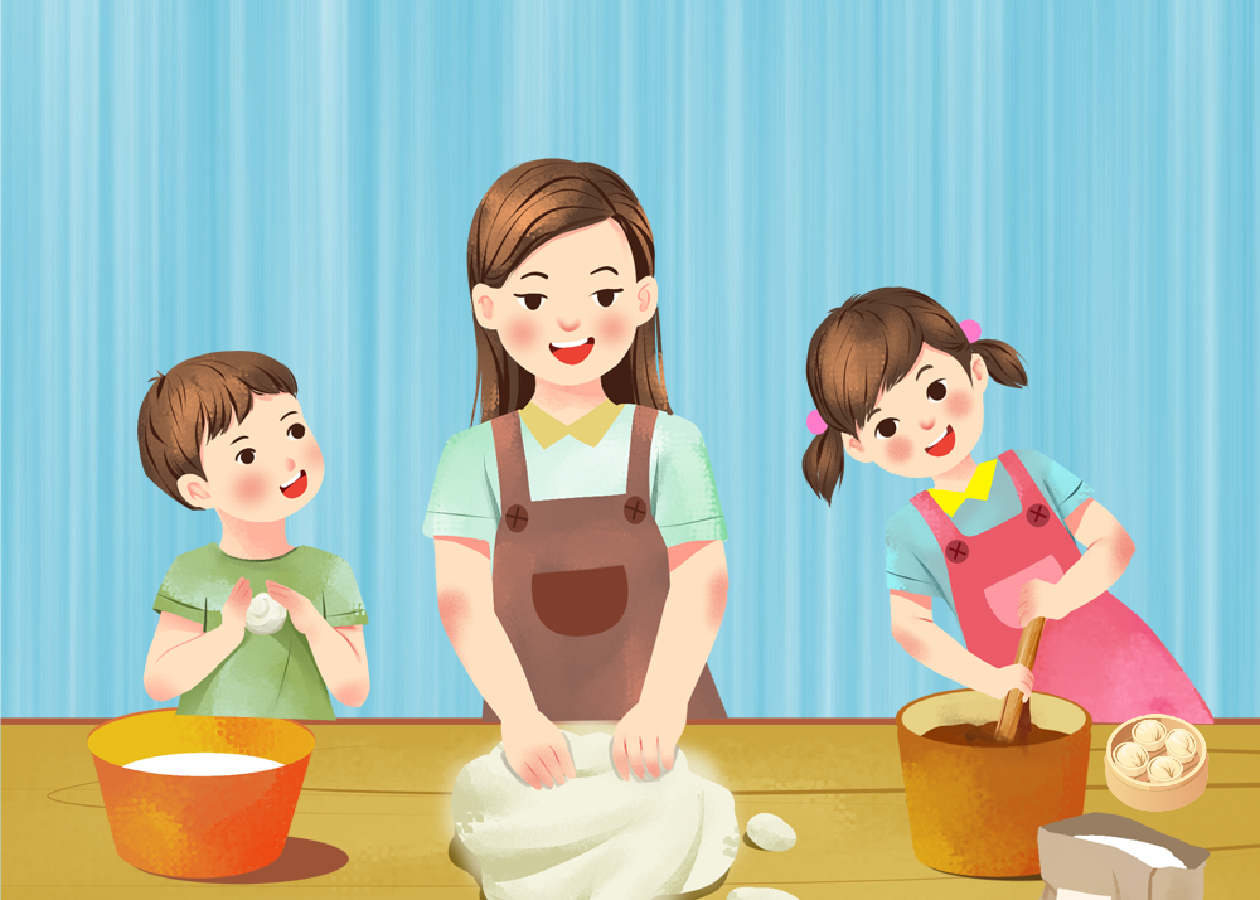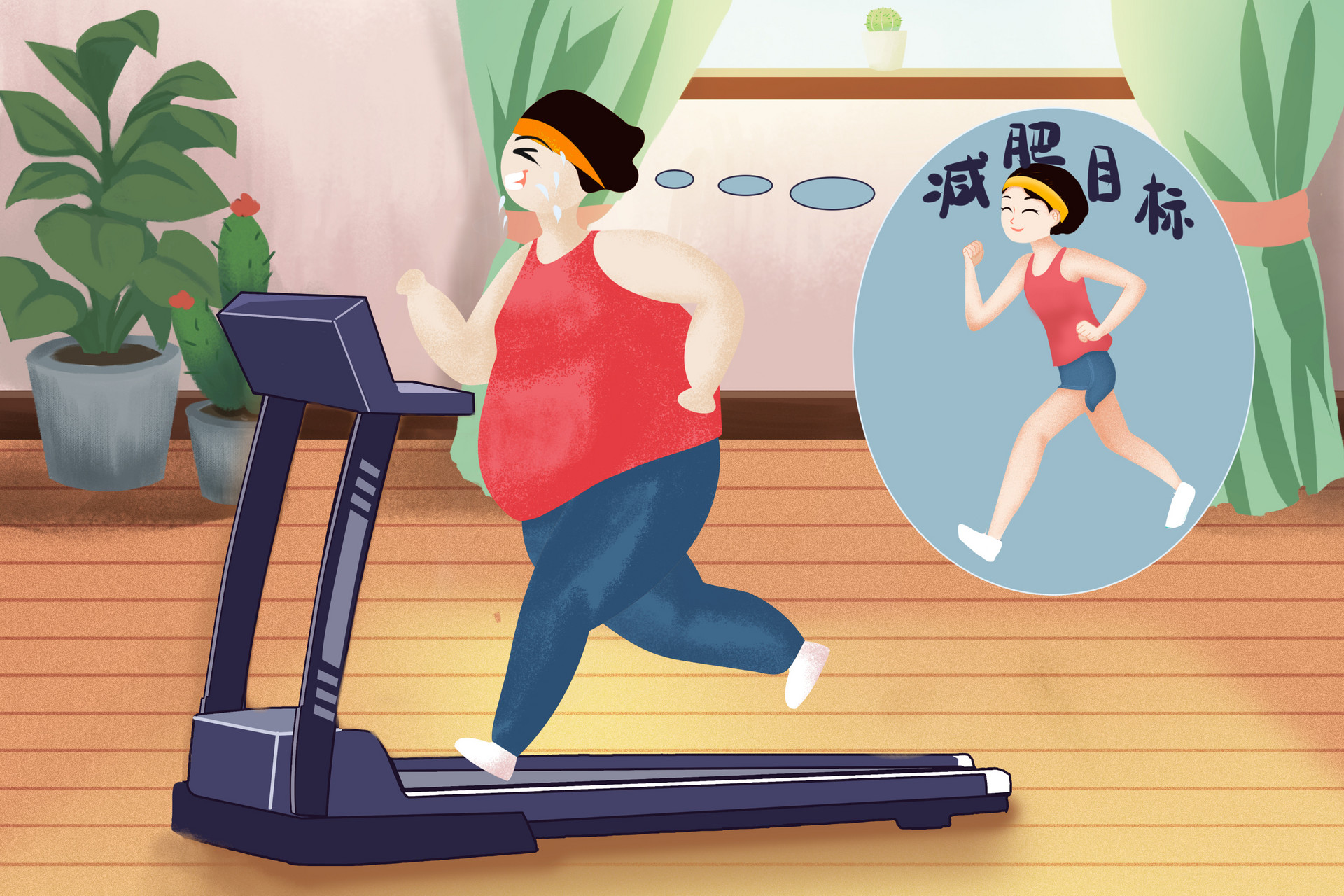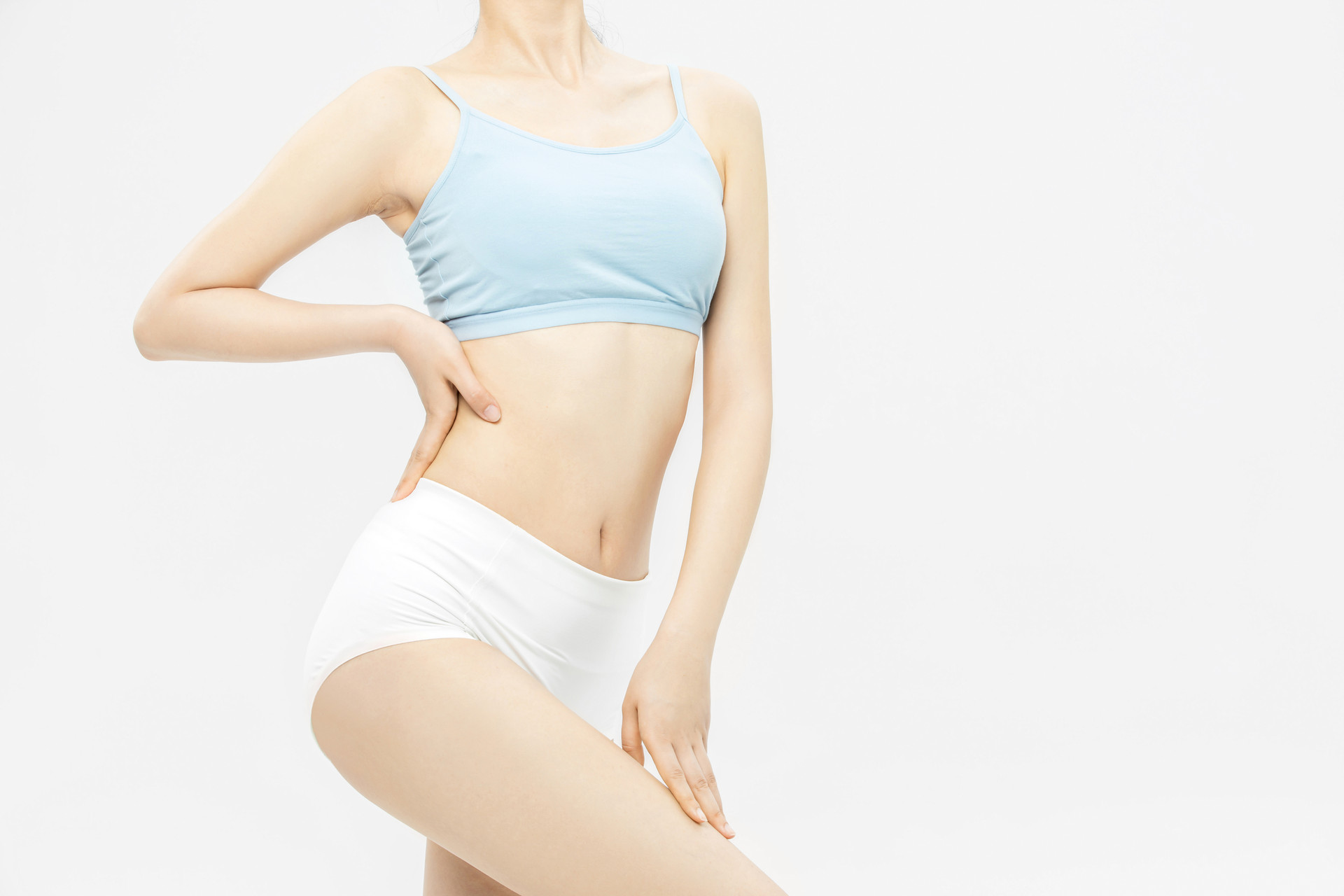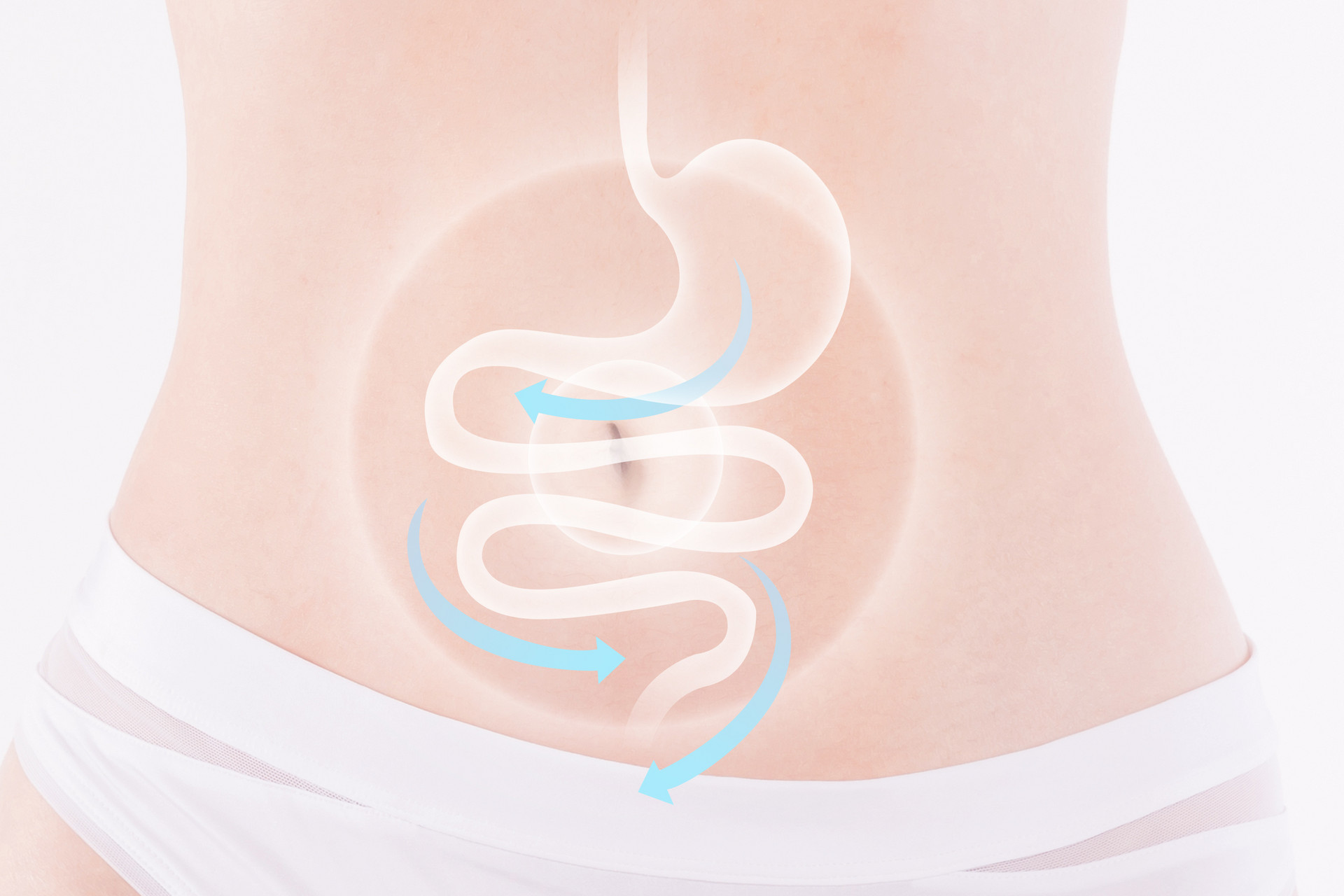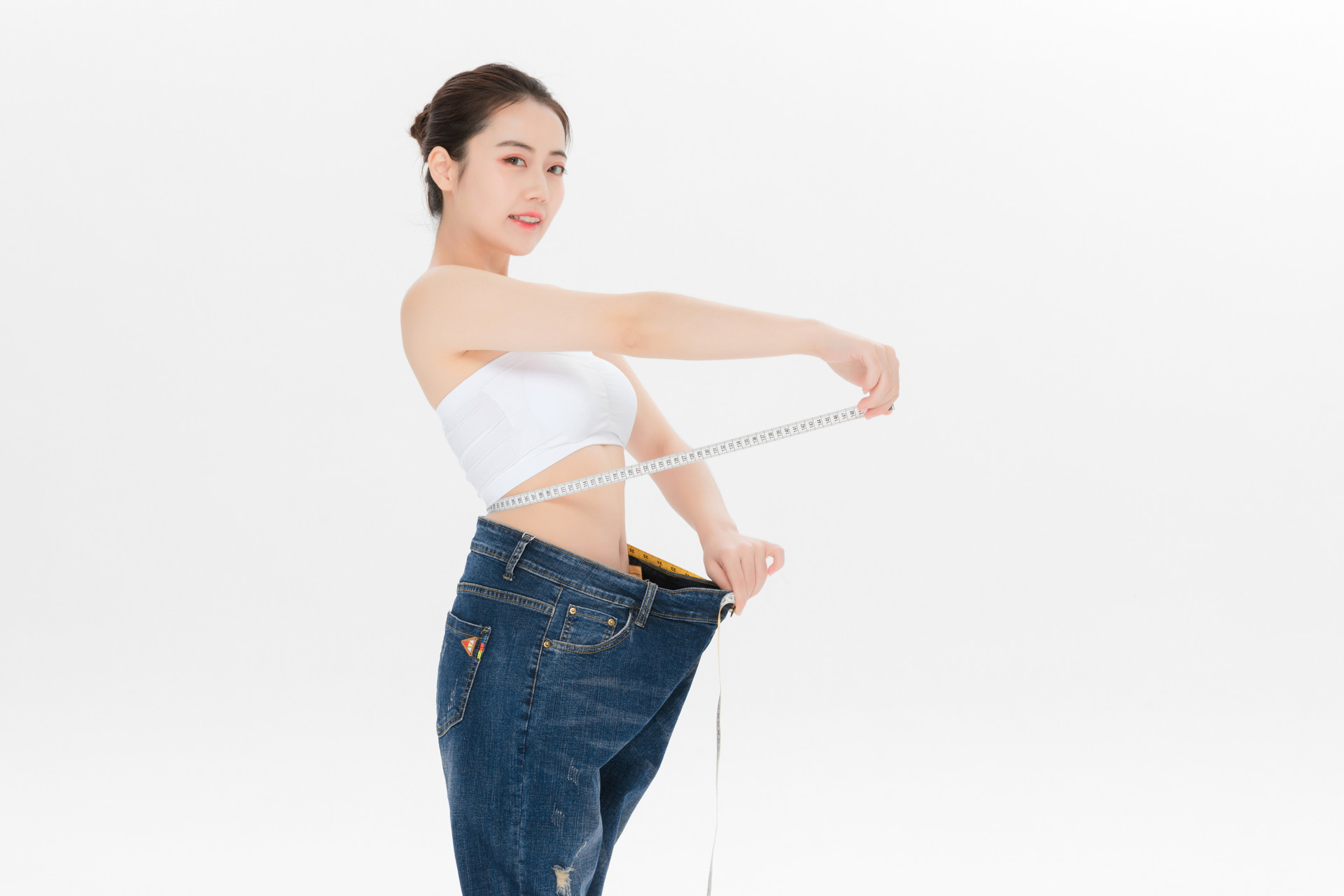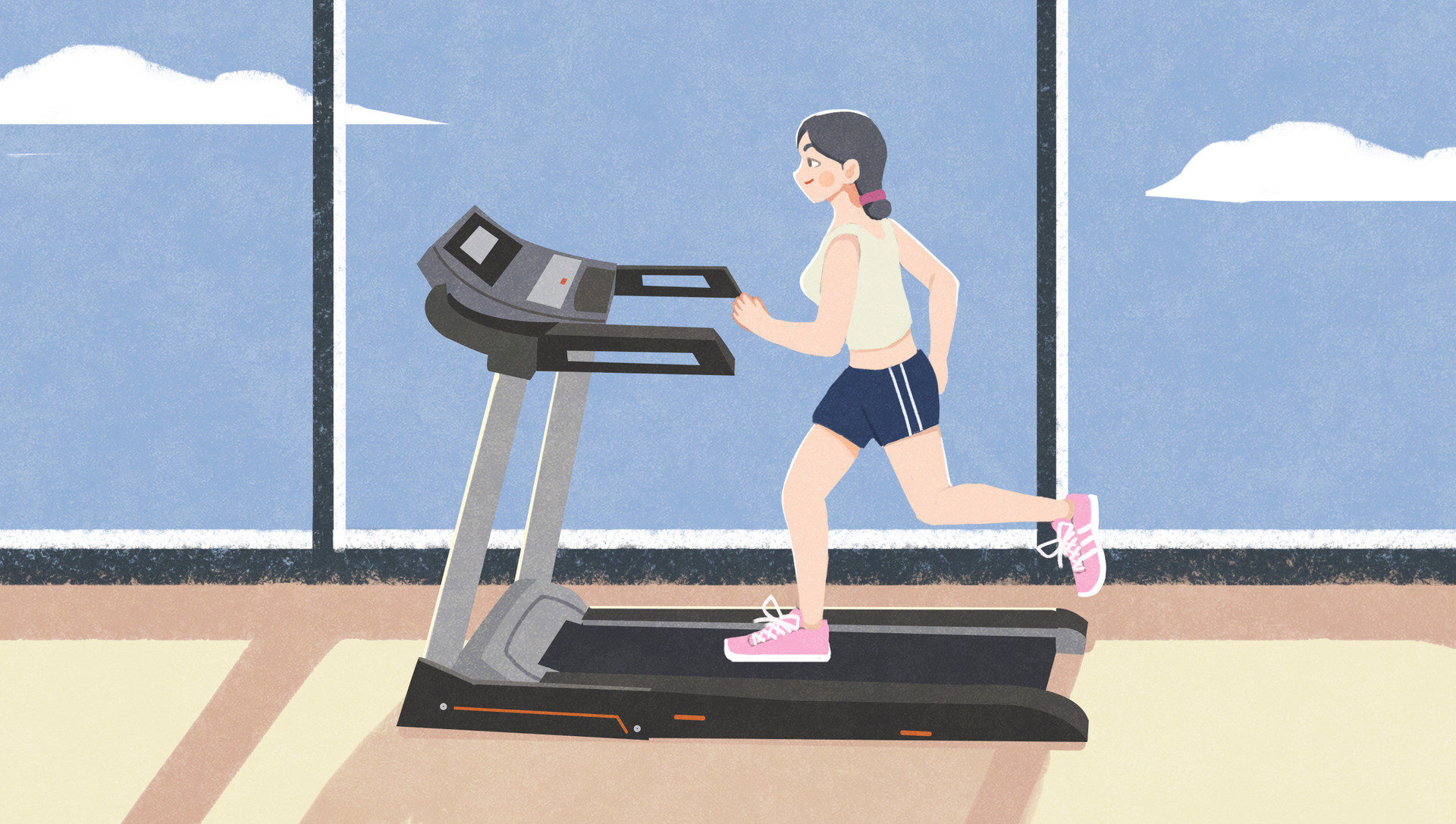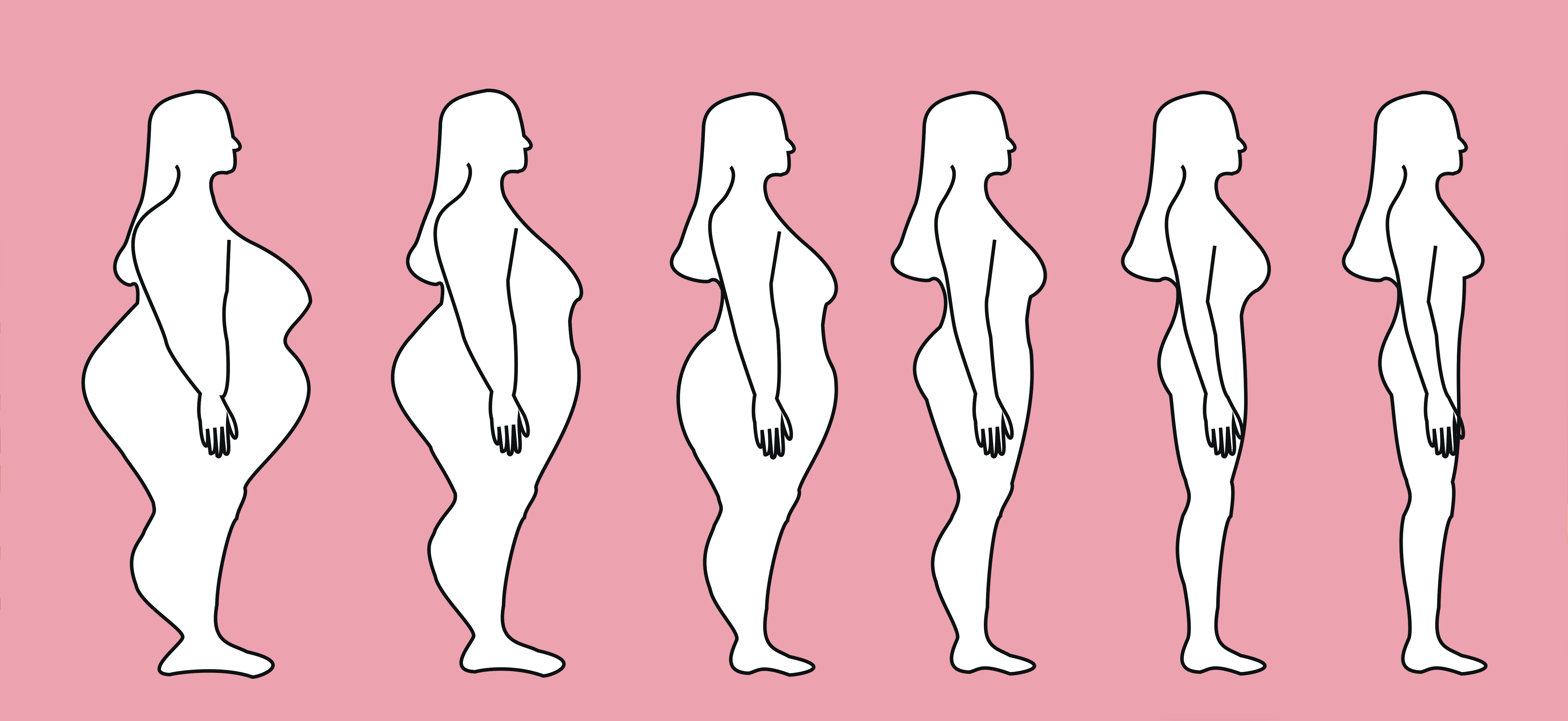The original prescription of Da Yuan Yin comes from the book "Wen Yi Lun". Later generations of doctors would make modifications to the original prescription but still name it Da Yuan Yin. The original composition of the prescription is as follows: "2 qian of Betel nut, 1 qian of Magnolia officinalis, 5 fen of Fructus Xanthii, 1 qian of Anemarrhena, 1 qian of Paeonia lactiflora, 1 qian of Scutellaria baicalensis, and 5 fen of Licorice. Boil the ingredients in 2 cups of water for 8 minutes and take it warm in the afternoon." It is worth noting that this prescription is mainly used to treat aversion to cold, fever, headache, and rapid onset of warm diseases. The prescription consists of only 7 ingredients, and the dosage is also small, with only 7 qian per dose. Although the book explicitly states, "The symptoms may vary in terms of speed and severity, and the dosage and quantity of the herbs may vary. It is important to make adjustments according to the specific situation. The dosage and quantity mentioned in the book are just rough guidelines and should not be rigidly followed."
However, as future scholars, we should also consider a practical question: for acute or severe illnesses, is it necessary to use large dosage and quantity?
The book provides a complete explanation of the prescription: "Betel nut can disperse and grind, eliminate evil, and is a medicine for promoting bowel movements; it also eliminates malaria in southern China. Magnolia officinalis breaks up the stagnation caused by pathogenic qi. Fructus Xanthii has a strong and vigorous nature, eliminating evil that is deeply rooted. The three ingredients work together to directly reach the nest of pathogenic qi, causing it to collapse and quickly leave the body. This is why it is called Da Yuan Yin. If there is heat injuring body fluids, add Anemarrhena to nourish yin. If there is heat injuring the nutrient qi, add Paeonia lactiflora to harmonize the blood. Scutellaria baicalensis clears residual dry heat. Licorice is used to harmonize the middle. The last four ingredients are just a combination for harmonization, like quenching thirst with water, not a medicine for curing diseases."
In other words, the three herbs used in Da Yuan Yin specifically target the pathogenic factors and symptoms of the disease, and they are the only ones that have the effect of "reaching the source" and curing diseases. As for Anemarrhena, Paeonia lactiflora, and Scutellaria baicalensis, they are all herbs that can be added or removed based on the specific symptoms. If there is no heat injuring body fluids, Anemarrhena can be omitted. If there is no heat injuring the nutrient qi, Paeonia lactiflora can be omitted. If there is no excessive dry heat, Scutellaria baicalensis can be omitted. Of course, if the dry heat is excessive or the injury to body fluids and nutrient qi is severe, additional herbs can be added accordingly.
If we consider Licorice as an auxiliary herb in the prescription, then Da Yuan Yin can actually be simplified to a four-herb prescription: Betel nut, Magnolia officinalis, Fructus Xanthii, and Licorice.
In addition, when reading "Revised Edition of Medical Door's Universal Guide to Warm Epidemic Diseases," I came across a comparison made by the Qing Dynasty scholar Li Yanzhuang in the "General Principles" section: "...because epidemic diseases are like thieves and the body is like a den, Betel nut and Fructus Xanthii are like capturing hands, Magnolia officinalis is like a weapon, Anemarrhena and Scutellaria baicalensis are like pulling them out, and if there is sulfur, it will drive them away. White Paeonia lactiflora and Licorice, one guards the gate, the other mediates among the people. This is another wonderful aspect of the prescription by the master." Although the comparison is not entirely appropriate, the comparison of thieves, den, capturing hands, and weapons is interesting.


